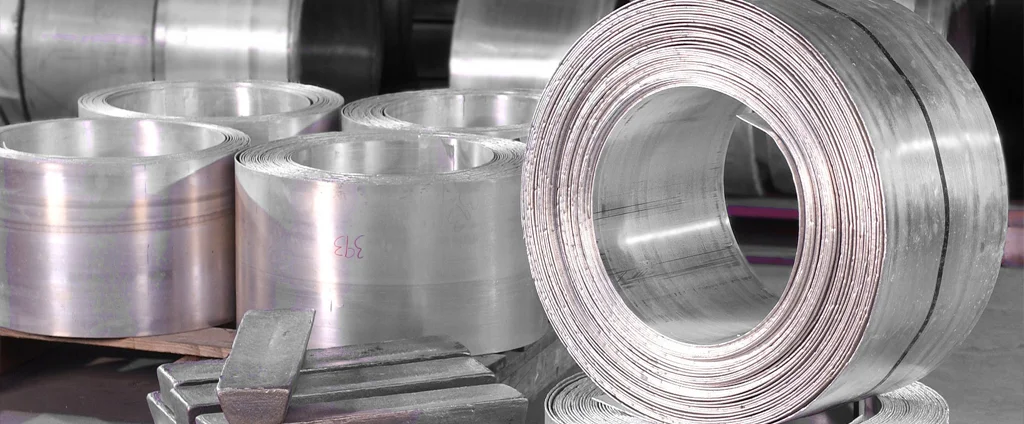Magnesium M1A-F (UNS M15100)

Magnesium M1A-F is a lightweight magnesium alloy valued for its excellent ductility, moderate strength, and corrosion resistance. It is well-suited for weight-sensitive applications across automotive, marine, and electrical industries, where strength-to-weight ratio and durability are critical.
| Chemical Composition | ||
|---|---|---|
| Element | Min | Max |
| Magnesium | —— | 98.8% |
| Calcium | —— | 0.3% |
| Copper | —— | 0.05% |
| Manganese | 1.2% | —— |
| Nickel | —— | 0.01% |
| Silicon | —— | 0.1% |
| Residuals | —— | 0.3% |
The following table provides a list of magnesium M1A-F properties in both SI and US customary/Imperial units.
Click on the button to switch between Metric and Imperial units.
| Physical Properties | Metric |
|---|---|
| Density | 1770 kg/m3 |
| Mechanical Properties | Metric |
| Tensile Strength (Ultimate) | 255 MPa |
| Tensile Strength (Yield) | 180 MPa |
| Compressive Strength (Yield) | 83 MPa |
| Bearing Strength (Ultimate) | 350 MPa |
| Bearing Strength (Yield) | 195 MPa |
| Shear Strength | 125 MPa |
| Young’s Modulus (E) | 45 GPa |
| Shear Modulus (G) | 17 GPa |
| Elongation at Break in 50 mm | 12% |
| Poisson’s Ratio (ν) | 0.35 |
| Brinell Hardness 500 kg load, 10 mm ball | 44 |
| Thermal Properties | Metric |
| Melting Point | 648 - 649 °C |
| Solidus | 648 °C |
| Liquidus | 649 °C |
| Specific Heat Capacity (Cp) Typical value for Mg alloys | 1.00 J/g·°C |
| Coefficient of Thermal Expansion (αL) | 26.0 1/°C |
| Electrical Properties | Metric |
| Electrical Resistivity | 5.00×10-6 Ω·cm |
The values in this table are approximate and can vary depending on various factors such as the specific manufacturing process and heat treatment applied to the alloy.
Advantages & Disadvantages of Magnesium M1A-F
| Advantages | Disadvantages |
|---|---|
| Lightweight | Combustion hazard |
| Strong | Low melting point |
| Corrosion-resistant | High cost |
| Good conductor of electricity | Difficult to machine |
Applications of Magnesium M1A-F
M1A-F is widely used in industries that demand lightweight and corrosion-resistant materials, including:
- Electrical components: Used to make a variety of electrical components because it is a good conductor of electricity and lightweight. This makes it ideal for applications where weight is a major concern, such as in laptops and smartphones.
- Marine hardware: Used to produce various marine hardware due to its corrosion resistance and strength. It performs well in environments where exposure to moisture and salt is common, such as in boats and ships.
- Automotive parts: Applied in the production of automotive parts thanks to its strength and low weight. Common components include car frames and engine blocks where reduced mass enhances fuel efficiency.
- Sporting goods: Ideal for sporting goods manufacturing because of its lightweight and durable nature. Examples include golf clubs and tennis rackets where agility and strength are needed.
- Construction materials: Used in construction materials where lightweight strength is critical, such as in building panels and roofing systems.
